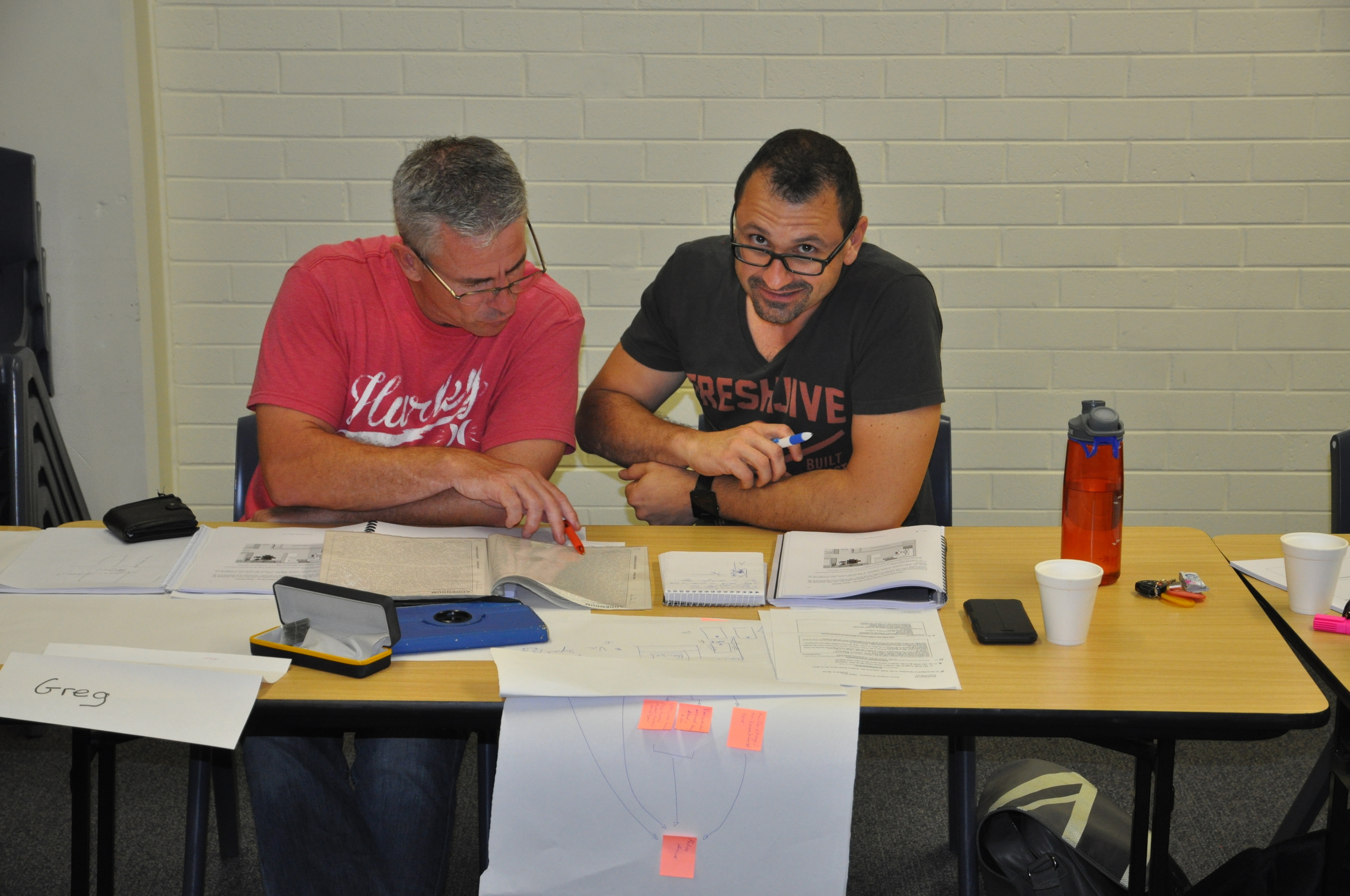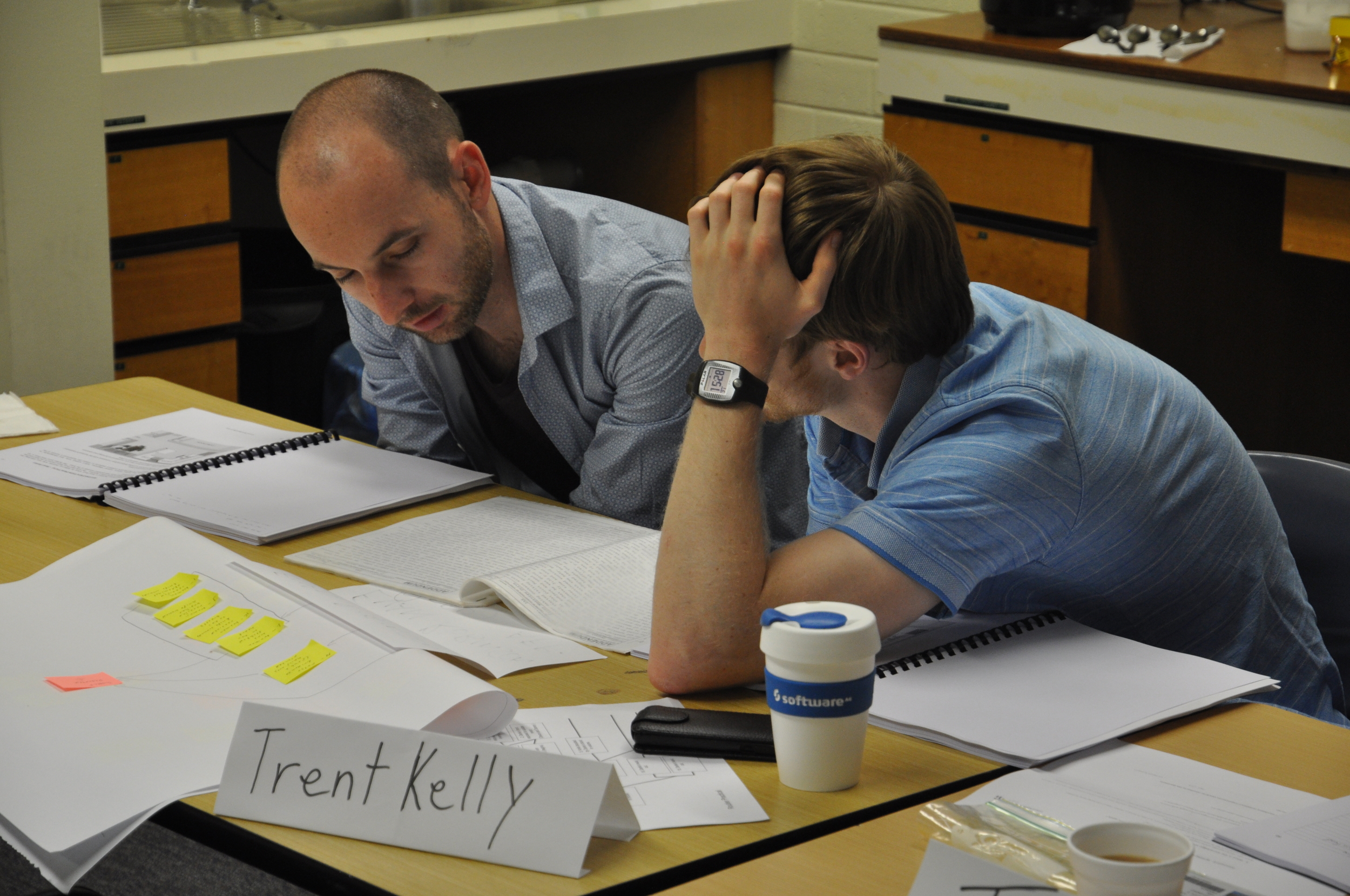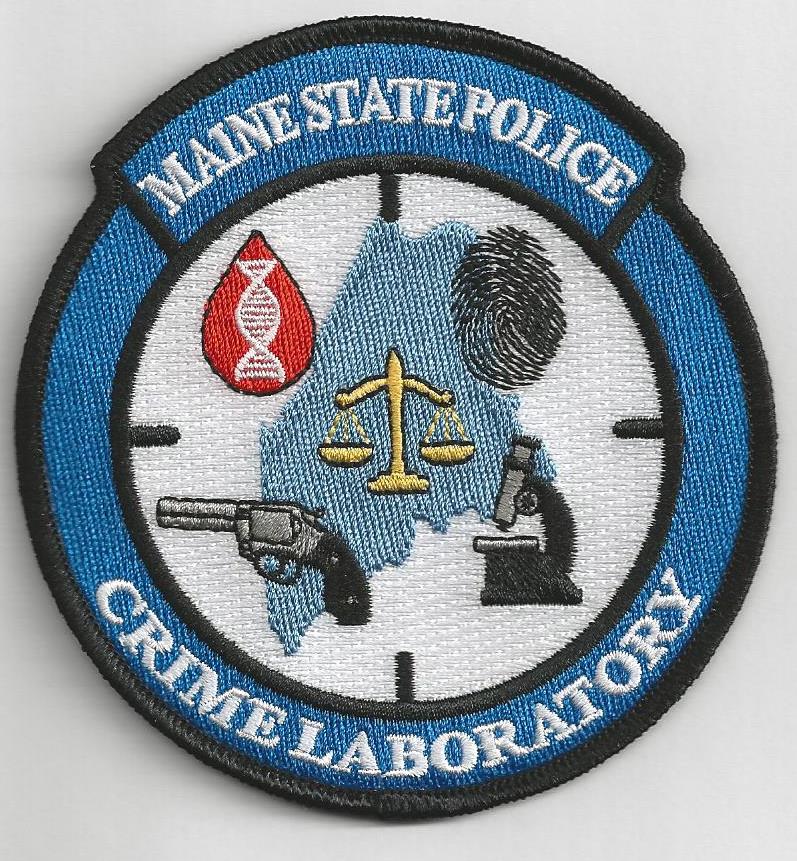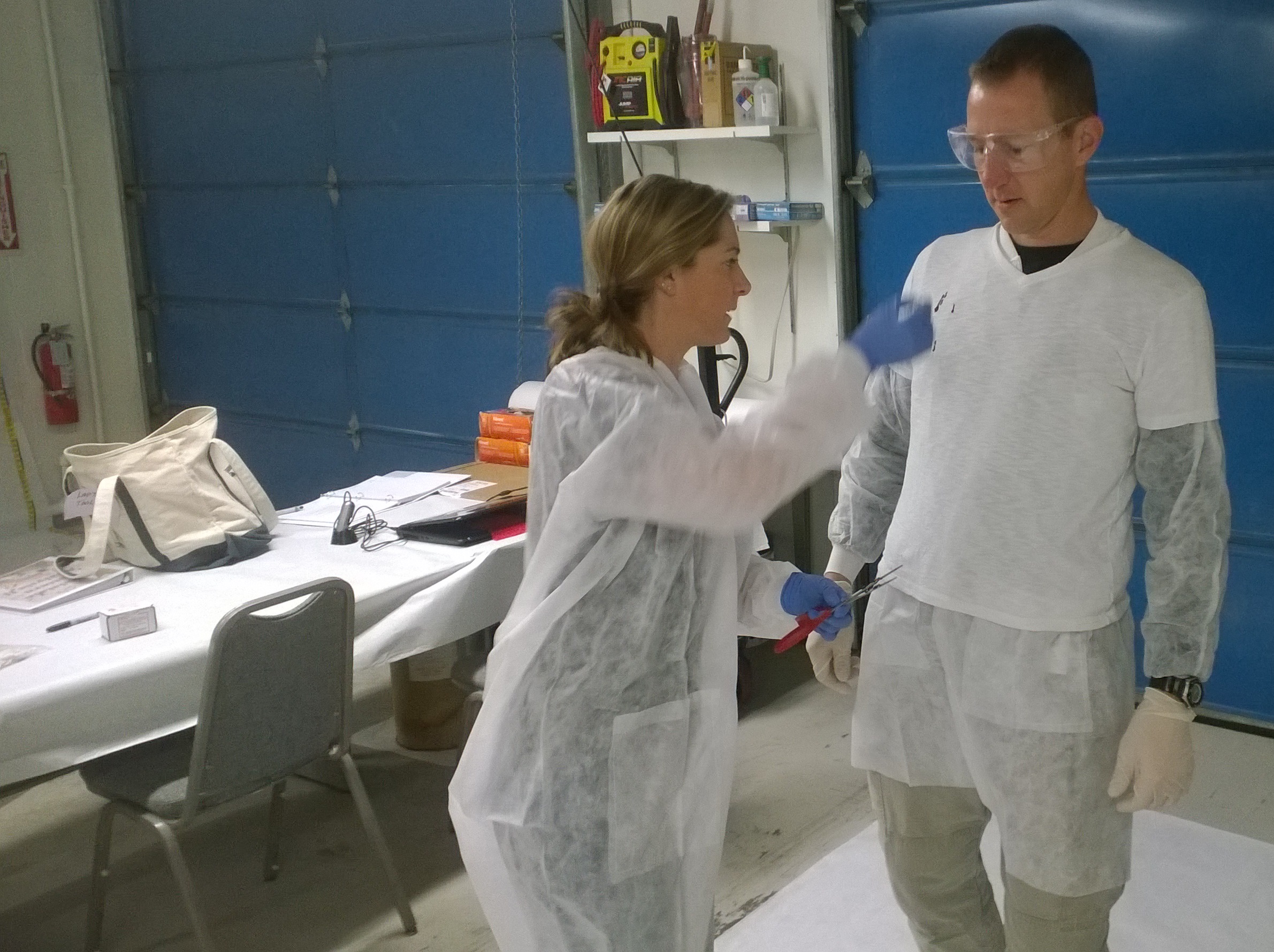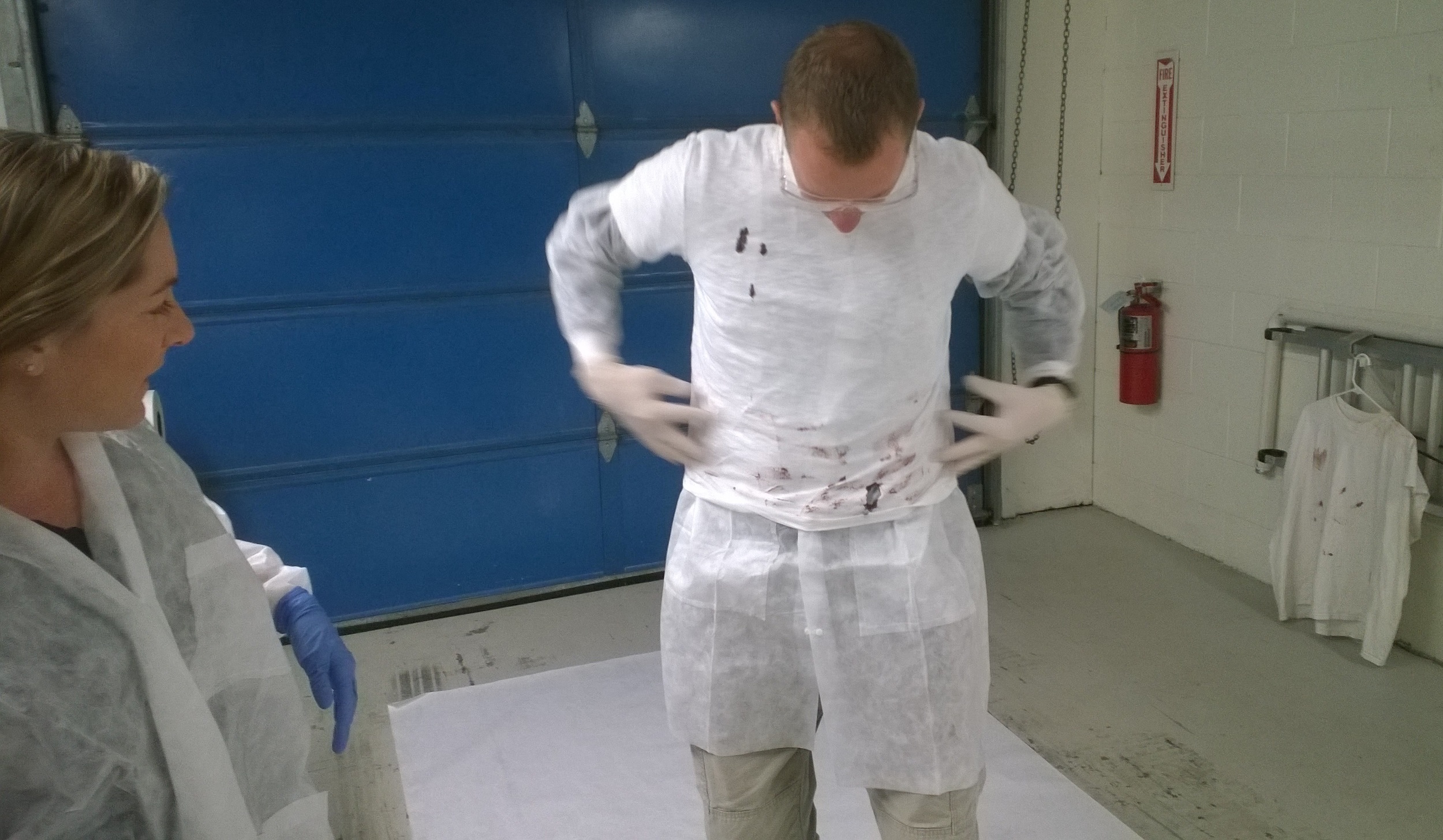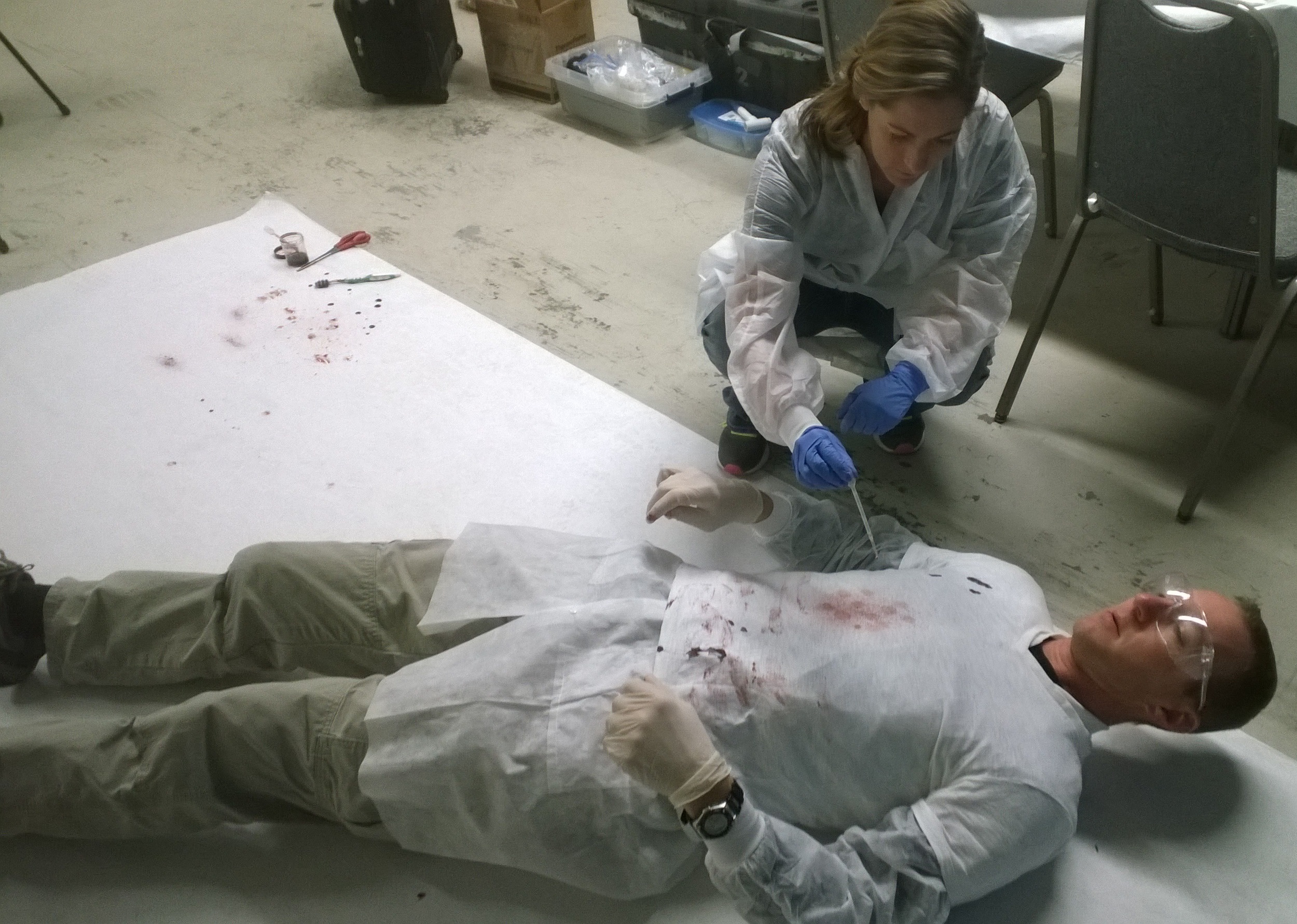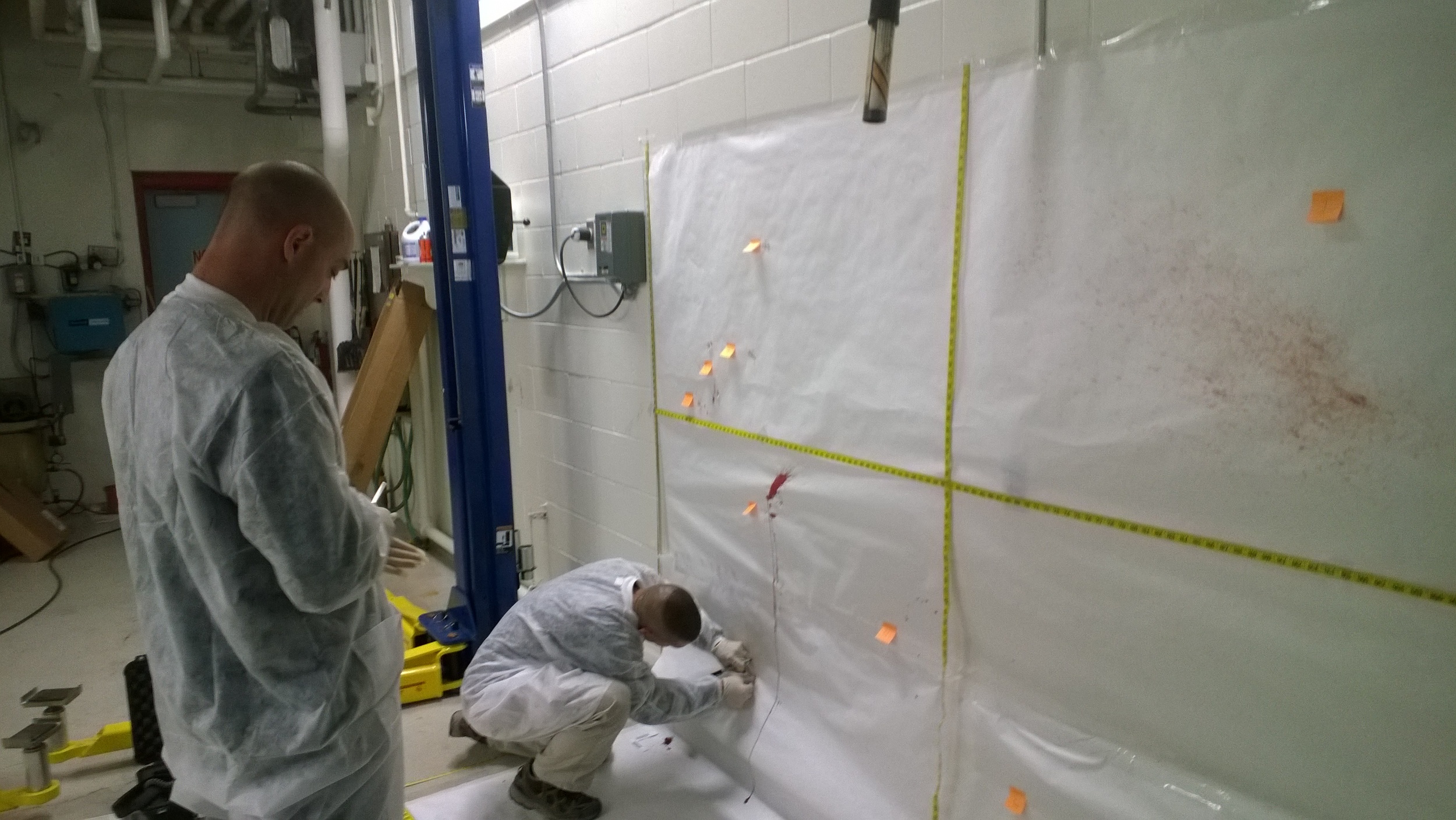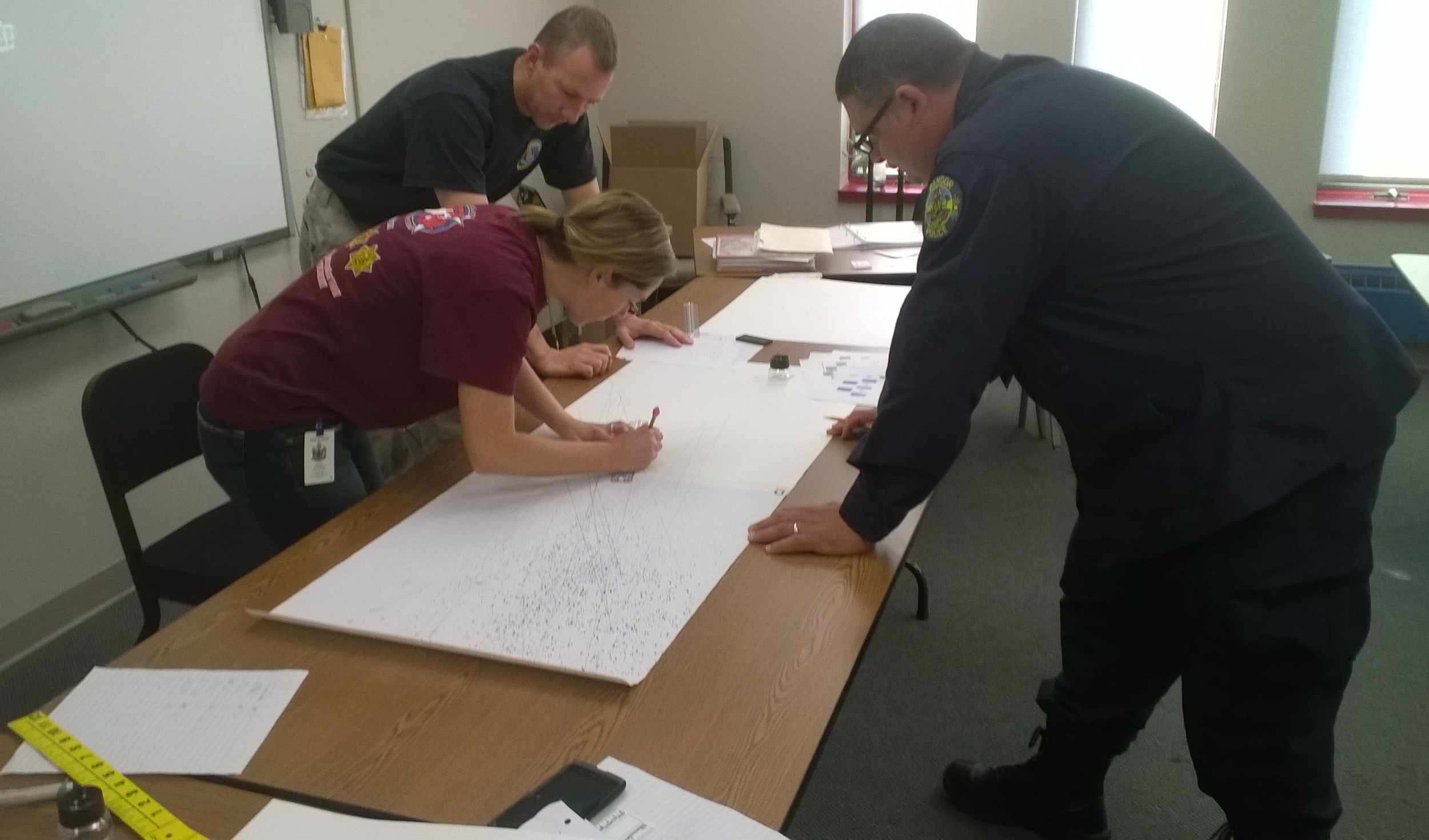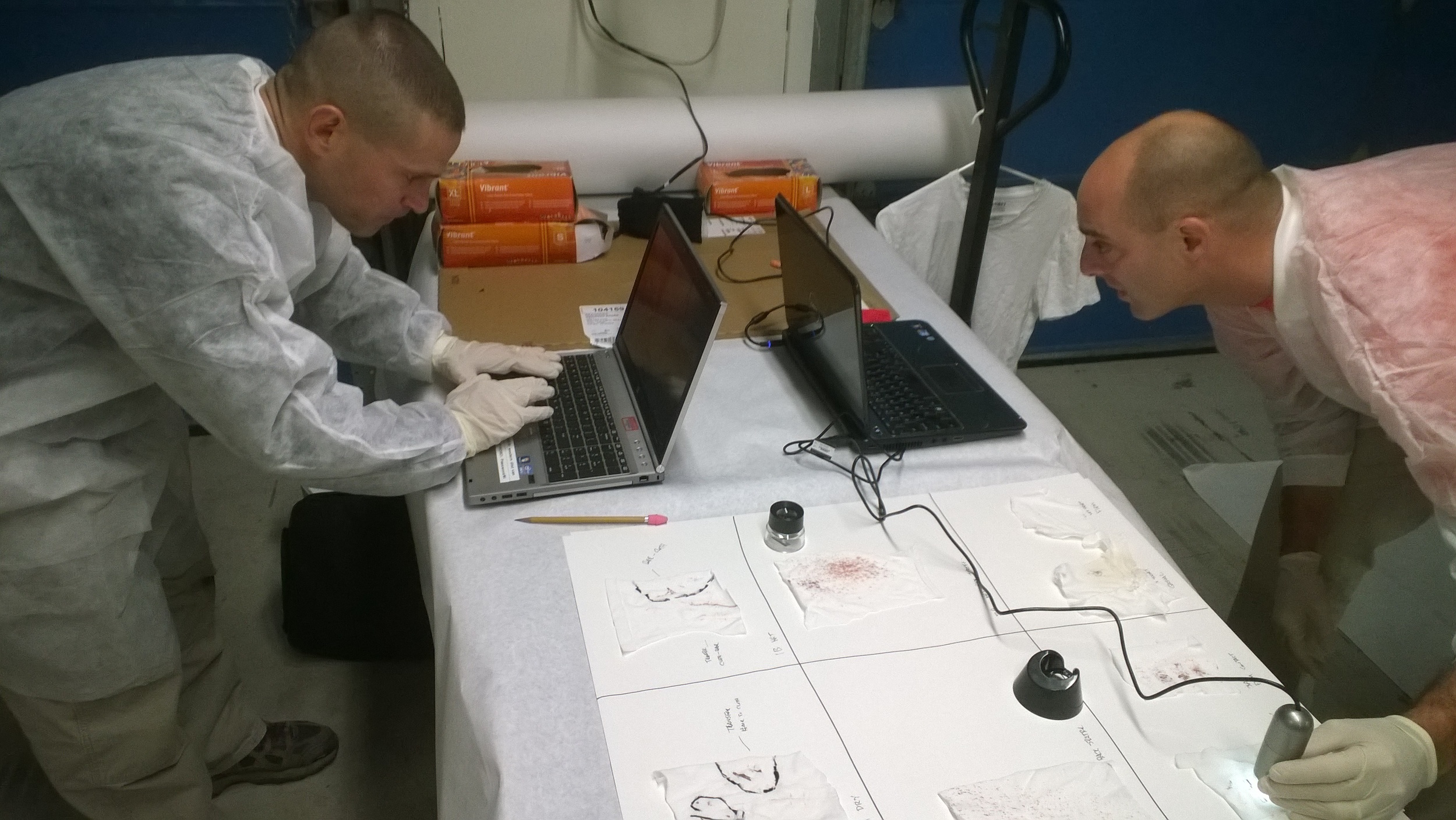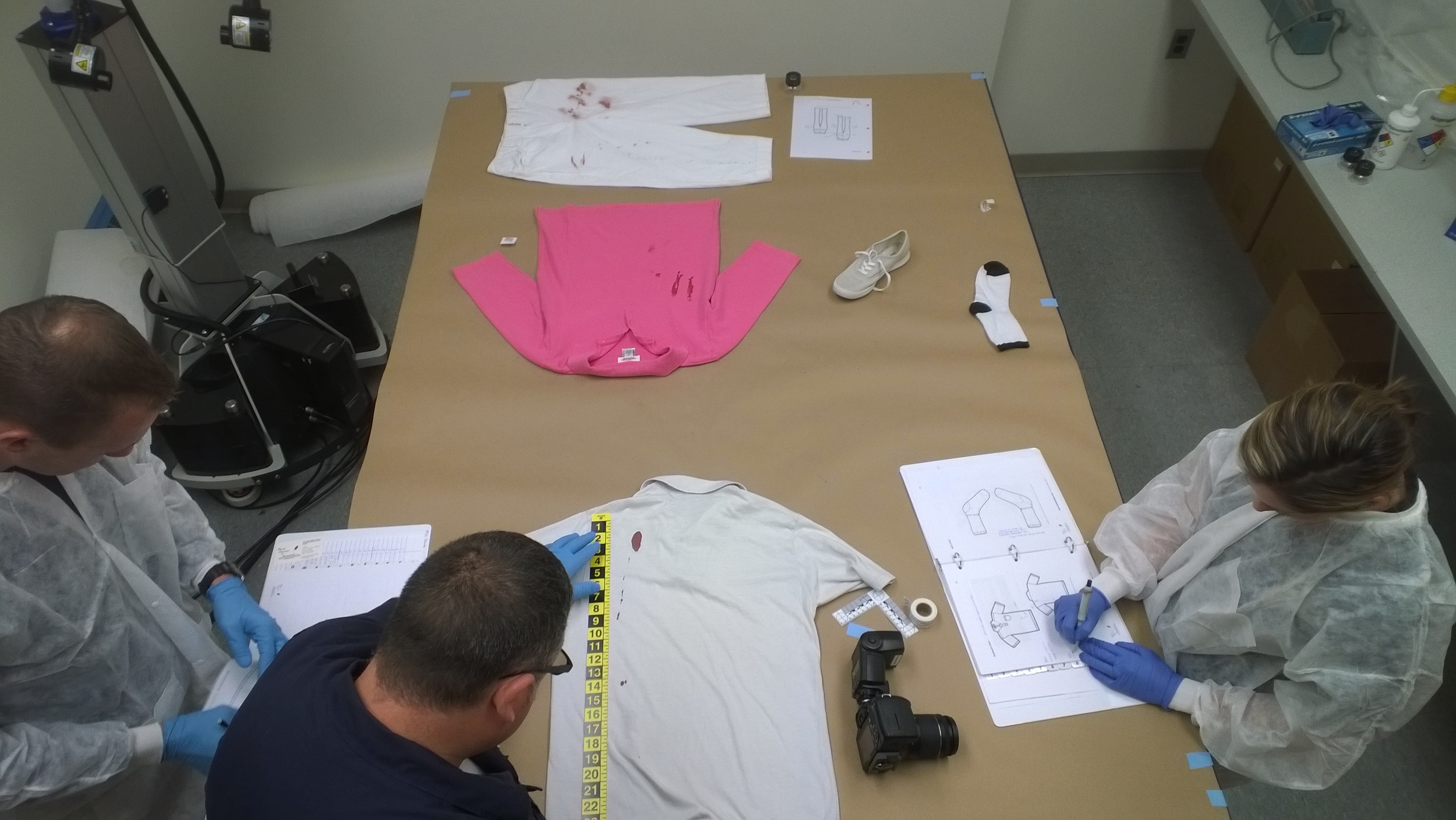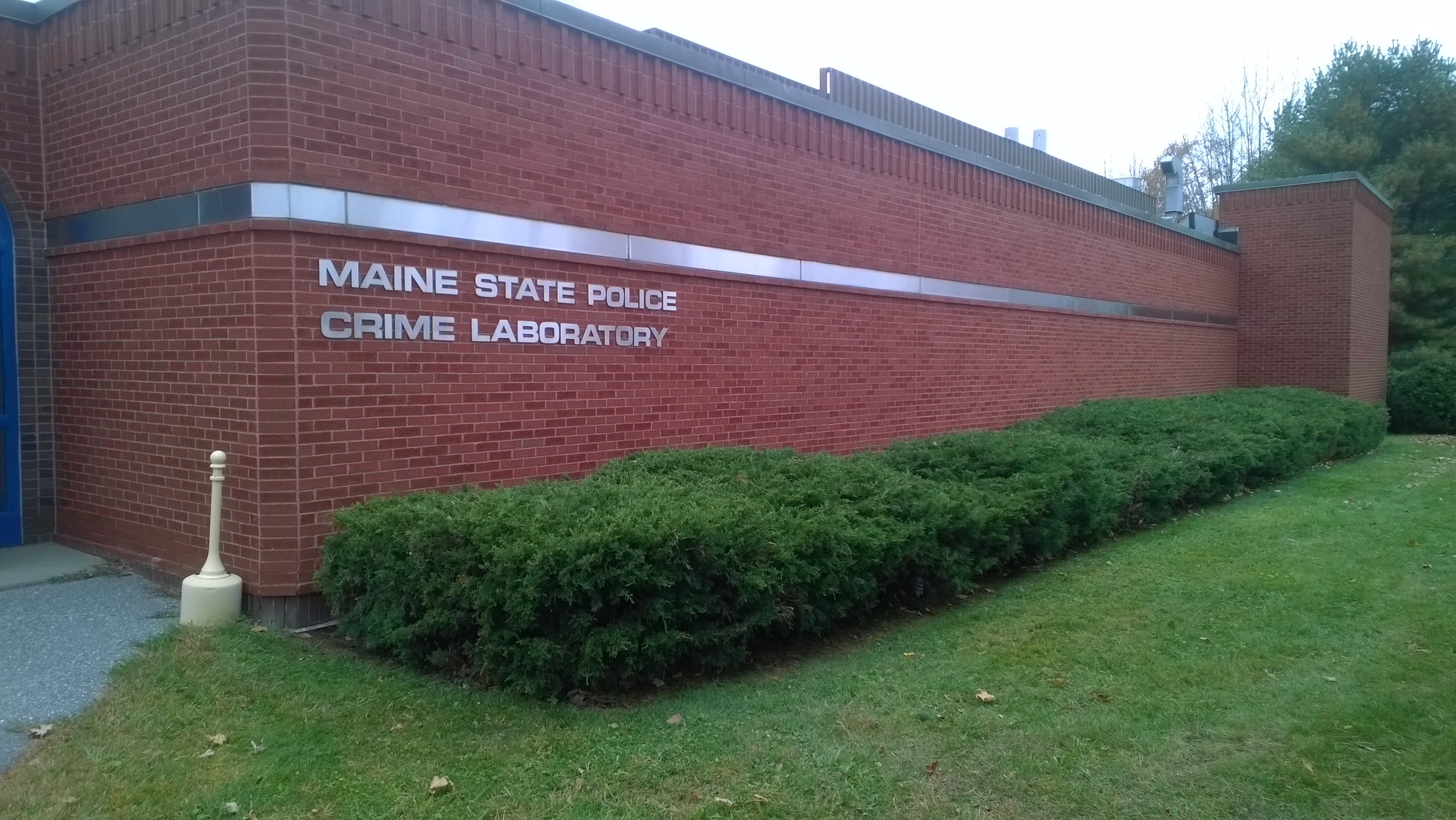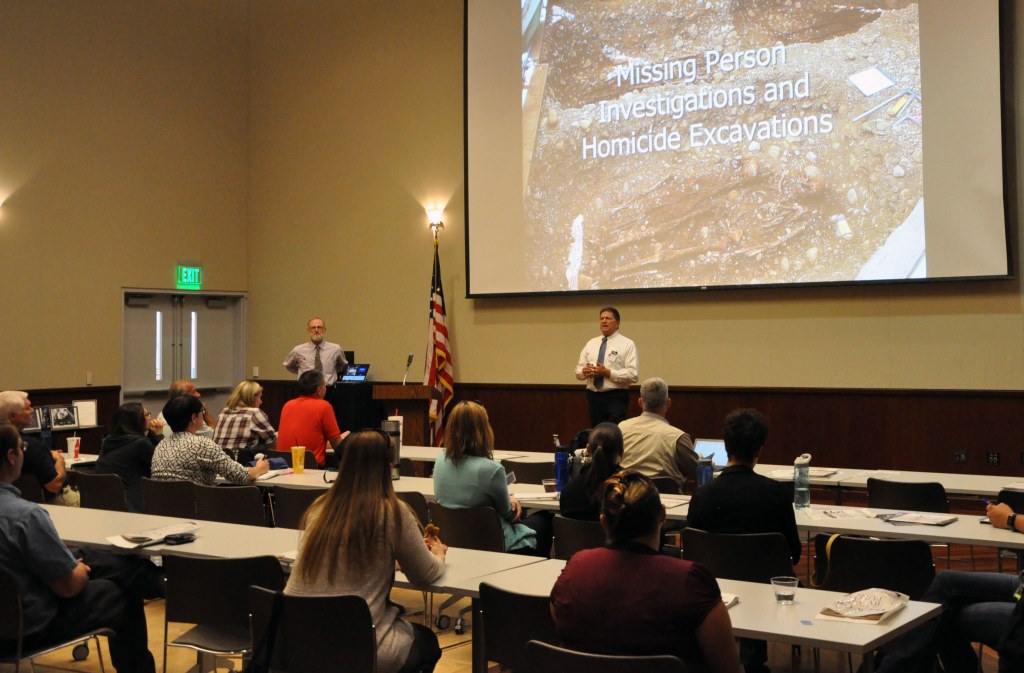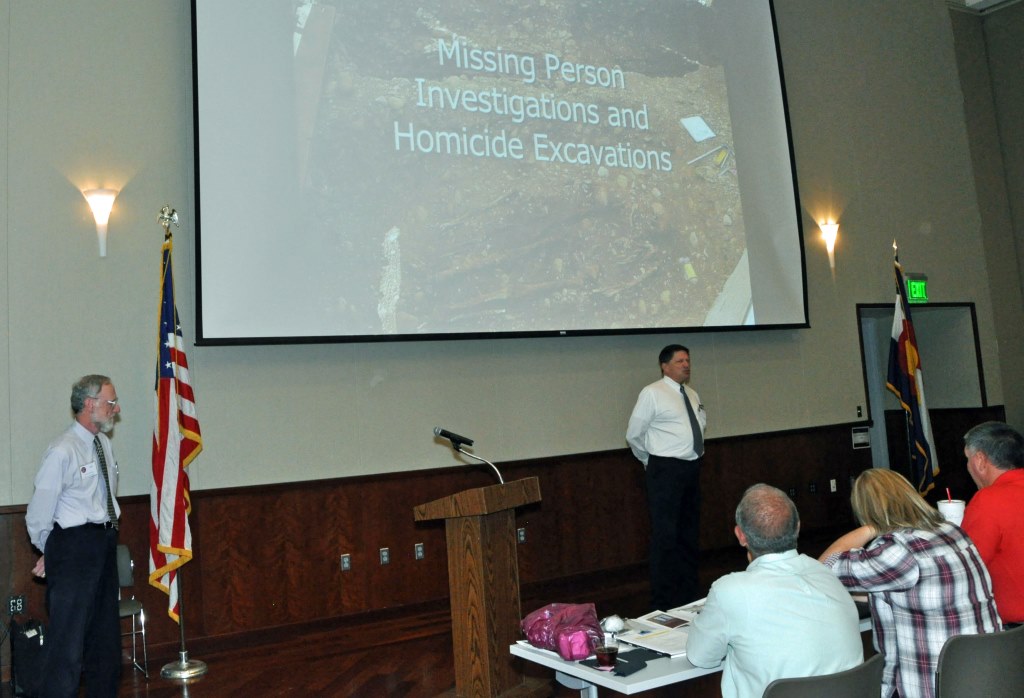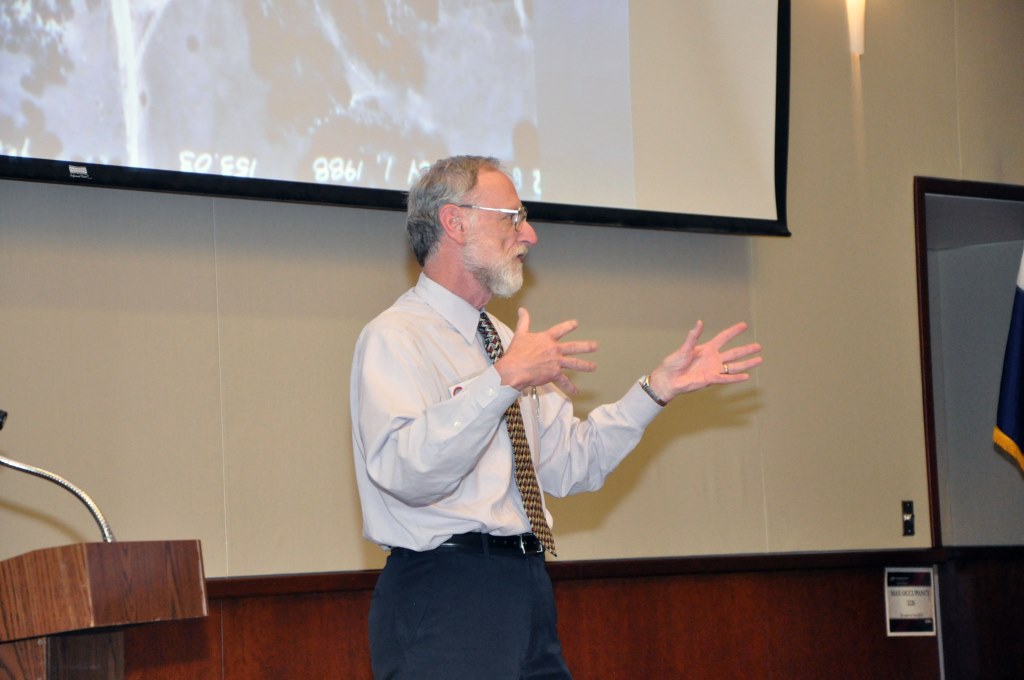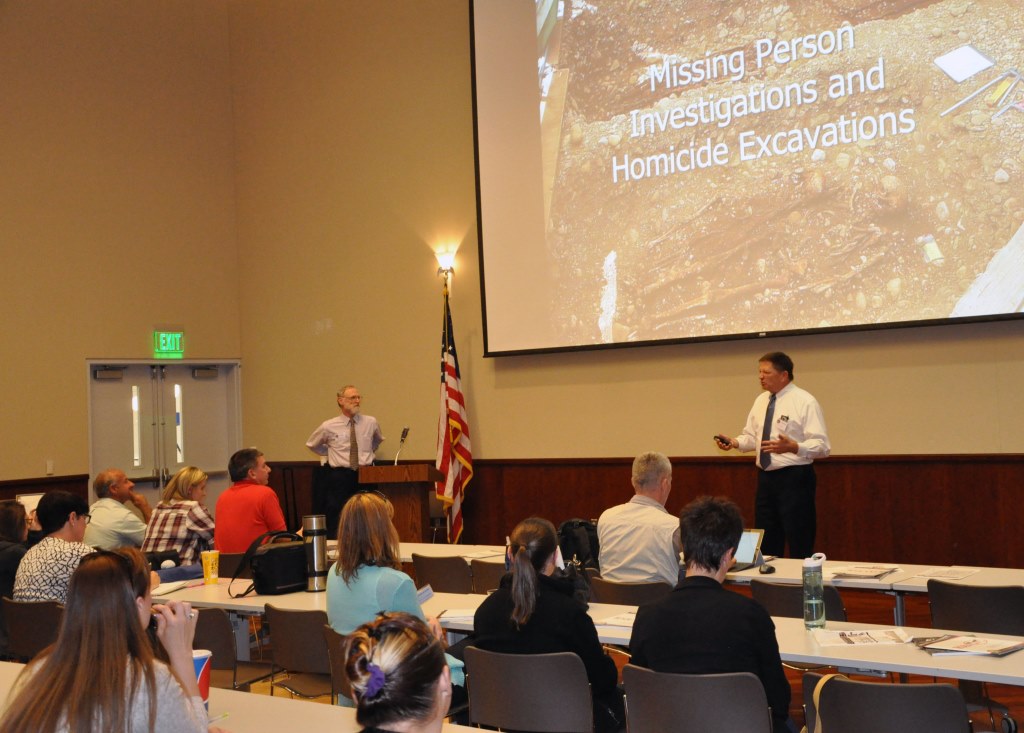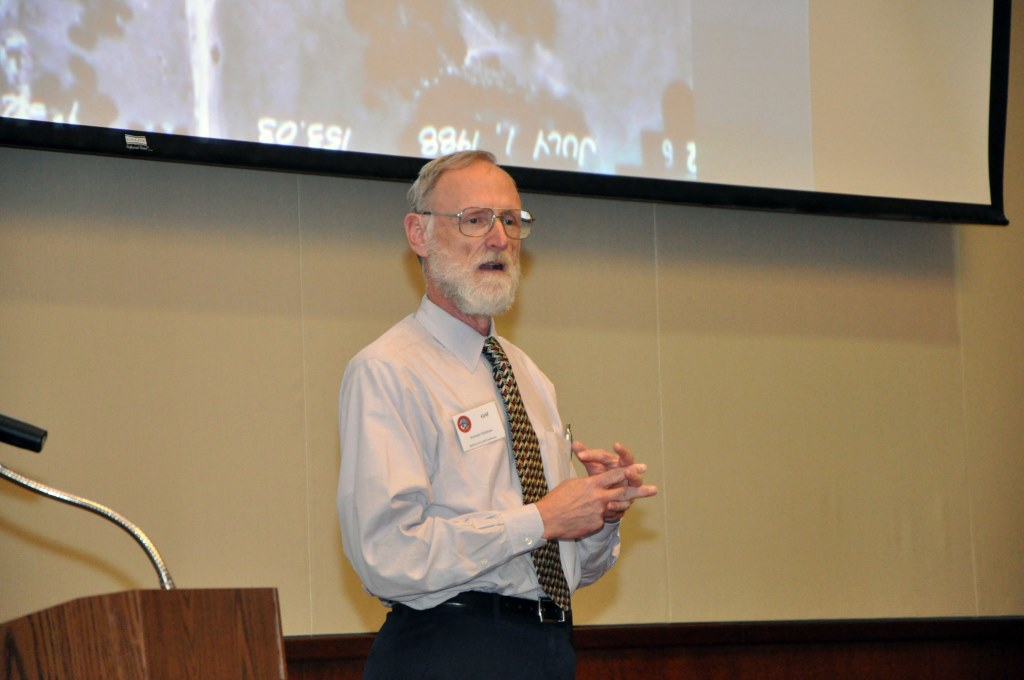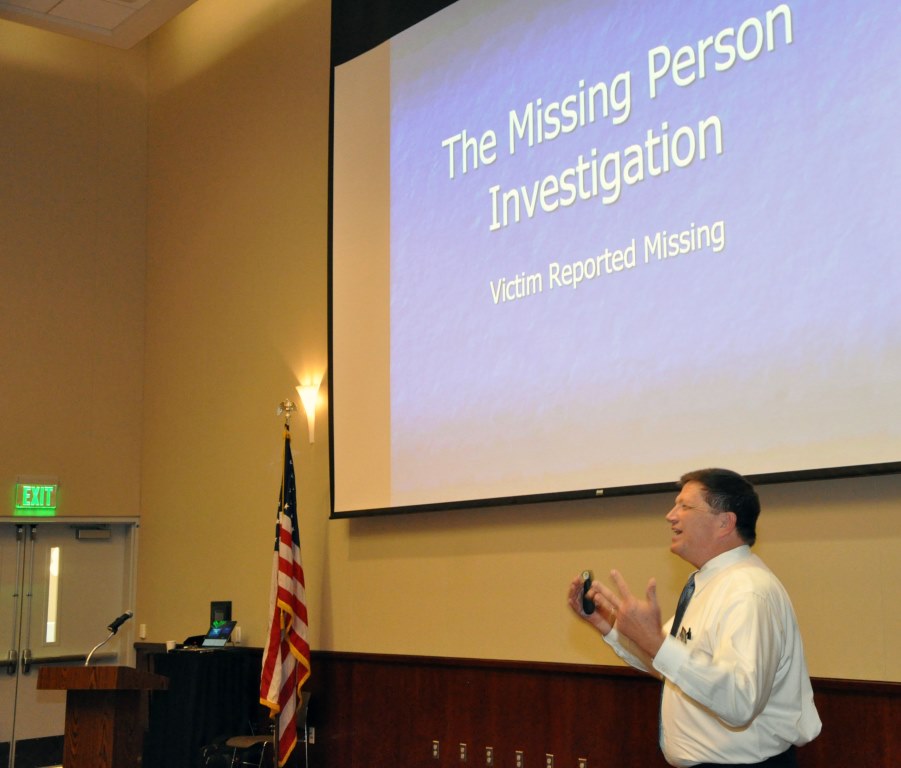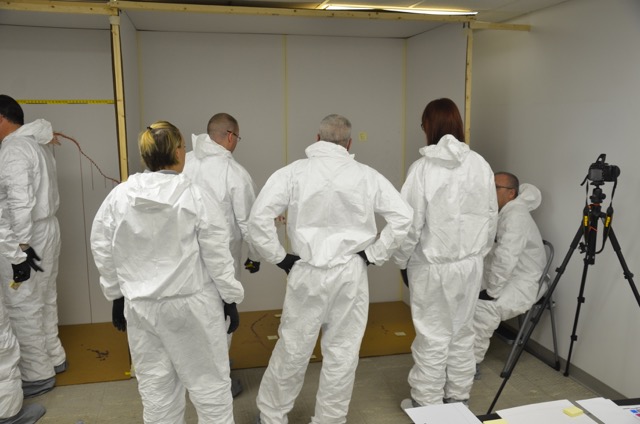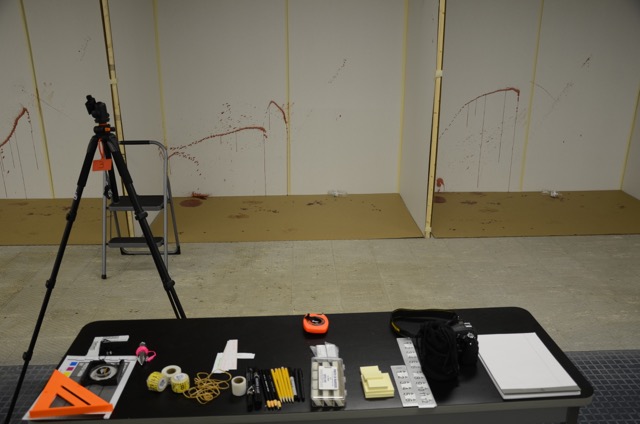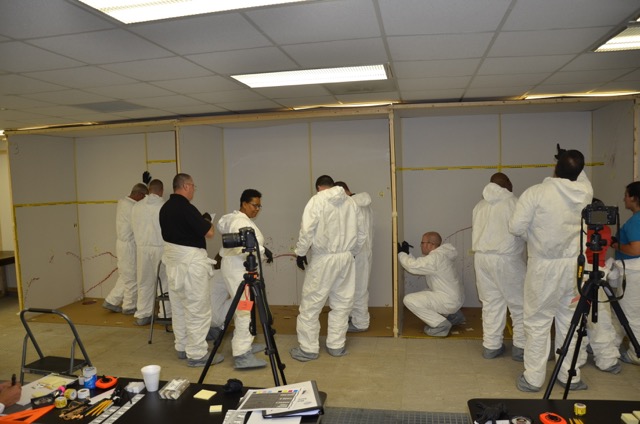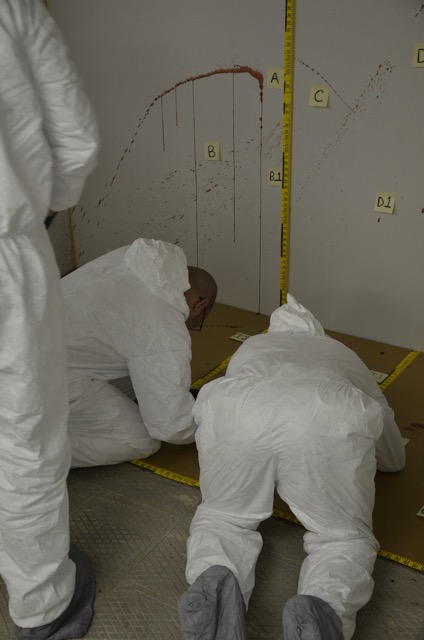Induction, Deduction and BPA
Ross M. Gardner
I always harp on the issue of criteria based analysis. I’m sure some people probably get tired of that, but it is critical and I’d like to broach the subject in a slightly different fashion in this blog, that being the manner in which we form the arguments that lead us to our conclusions.
Any conclusion offered in science is effectively the result of a logical argument. Within this argument there is some foundation (a series of premises) that lead the analyst to whatever conclusion they claim. The way in which these arguments are proposed is important. The two standard ways of looking at arguments is that of deduction and induction. Deductive arguments are those in which the conclusion MUST follow, assuming the premises are correct. Inductive arguments are those in which the conclusion Should follow, assuming the premises are correct and our sampling (the specific nature of the premises we include) is sufficient.
With these differences in mind, lets imagine for a moment that we have a thing in a hypothetical world (an object, not a mechanism) that we call a “whatchamacallit”.
A whatchamacallit is defined as an object that has specific physical characteristics, certain “taxon”, which include:
Taxon X
Taxon Y
Taxon Z
As a friend and I walk down a road one day, we come upon an unknown object lying there. As it is unknown to us, we begin to evaluate it against objects that are known. As we look at it, we see it has certain characteristics, which include:
Taxon X
Taxon Y
Taxon Z
We also see there are no other evident physical characteristics. Based on this information, I propose the following argument to my companion:
Premises:
A whatchamacallit is an object with the Taxon X, Y and Z
The unknown object I see has Taxon X, Y and Z
No other taxon are present on the unknown object.
Conclusion: The unknown object is a whatchamacallit
I have just offered a deductive argument. If my premises are correct, my conclusion must be true. The information in my conclusion in no way exceeds the knowledge presented in the premises. My friend seeing the same thing thus agrees and accepts my conclusion.
Lets also assume in this hypothetical world that we have another object, called a “thingamagig”. It is defined as an object with specific taxon as well, but for the thingamagig the taxon include:
Taxon W
Taxon Y
Taxon Z
As my friend and I continue down the road in our hypothetical walk, we encounter another unknown object. As we examine this object, we see that its characteristics include:
Taxon Y
Taxon Z
There is however more to this object, but for whatever reason, the remaining characteristic of the object is difficult to understand. Based on this information I offer my companion another argument:
Premises:
A whatchamacallit is an object with the Taxon X, Y and Z
This new unknown object has the Taxon Y and Z
My evaluation of the ambiguous characteristic suggests to me that it is Taxon X
Conclusion: The new unknown object is a whatchamacallit
I have just created an inductive argument. If the premises are true, my conclusion may well be true, but it doesn't have to be. My conclusion exceeds the information contained within the premises. I’m not really sure about the X factor and in fact I am surmising its presence. My conclusion therefore is inductive and I must accept there are other possible explanations. My more objective companion quickly points this fact out to me, offering a counter argument:
Premises:
A whatchamacallit is an object with the Taxon X, Y and Z
A thingamagig is an object with the Taxon W, Y and Z.
This new unknown object has the Taxon Y and Z
The ambiguous characteristics of the unknown object could be either Taxon W orX
Conclusion: The new unknown object could be either a whatchamacallit or a thingamagig.
My friend has returned the argument of the nature of the object to a deductive one; less precise, but deductive nonetheless. One in which, assuming I can be objective, I should readily agree with.
So how does this little hypothetical relate to our understanding of bloodstain pattern analysis? Bloodstain pattern classification should be no different. If we accept that bloodstains (no matter what we choose to call a particular stain - spurt, projected, arterial, or whatever) have certain characteristics and we evaluate unknown stains against said characteristics; all classification decisions by the BPA analyst can be defined as deductive arguments. Either the characteristic is present or it is not. There is no need to add ambiguity to this step of the analysis by guessing about or surmising a characteristic with inductive reasoning. The less specific conclusion, but as it turns out the more objective one, is the better one! Any analyst, who accepts the criteria as correct, should agree with the resulting classification.
The ultimate conclusion offered by the analyst of how that particular stain came to be in that particular scene will certainly be arrived at through induction. We accept that bloodstain patterns are a form of class characteristic evidence and we know we have to consider the stain in the unique context it was found; thus in the inductive phase of the analysis two analysts may well interpret that context in slightly different ways. This may well lead them to different conclusions about a given stain’s source within a scene. We should never be foolish enough to believe we can completely eliminate opposing conclusions. But by making all classification decisions deductive arguments, the analyst eliminates bias, keeps all viable possibilities open and in doing so becomes more objective in their ultimate conclusions.
If this idea were demanded of all analysts, that alone would eliminate the classic “This stain could be anything” claim and more importantly prevent the often times dichotomous sounding claims of opposing analysts so often heard in court. Instead of the jury hearing“It must be A” from one analyst and “It must be B” from another; wouldn’t it be better if they heard, “It could be either A or B” from both, followed by further explanation as to why either analyst felt one was more likely than the other? Imagine that, more consensus from scientists! Wouldn't that be nice?








